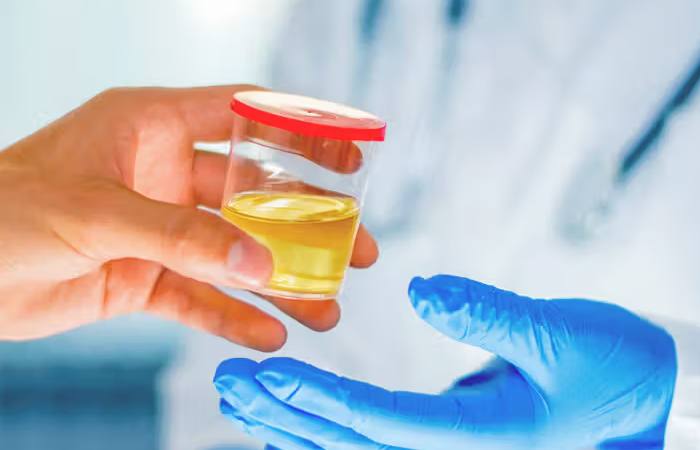Are you wondering, “Do shrooms show up on a drug test?” and curious about the specifics of psilocybin detection? This article explores whether mushrooms show up on drug tests, the types of tests that can detect them, and how long psilocybin remains in your system.
Mushrooms do not show up on most routine drug tests, but specific specialized tests might detect them.
About a hundred mushrooms contain varying proportions of psilocybin and psilocin. It is a substance that the body assimilates without difficulty, and addictive capabilities have not been demonstrated, although it does present a notable tolerance.
Forms of consumption:
- They depend on the species. The most common forms of consumption are.
- Orally, the most common method is to eat them dry. They can also be cooked or taken as a drink or infusion.
- Smoked
Effects:
- They begin 30-45 minutes after ingestion and can last between 6 and 8 hours.
- Psilocybin is a substance with powerful visionary capacity, with slightly warmer effects than LSD.
- In small and medium doses, the main effects range from hilarity to auditory and visual hallucinations, alteration in the perception of time and space, and greater capacity and freedom of perception.
- Although bad trips are less frequent than with LSD, they can occur, depending above all on both the environment and the state of the person who ingests it.
Standard Drug Tests and Psilocybin
Standard drug tests, such as the common 5-panel and 10-panel tests, typically do not screen for psilocybin or psilocin. These tests focus on substances like:
- Marijuana (THC)
- Cocaine
- Opiates
- Amphetamines
- Phencyclidine (PCP)
What about a urine test?

Urinalysis is the most commonly used type of drug testing, especially when it comes to run-of-the-mill testing by employers.
The most popular urine test is a 5-panel test. It usually detects:
- THC (the psychoactive compound in marijuana)
- cocaine
- PCP
- amphetamines
- opioids
How long do different types of drugs last in the body?
Legal and illegal drugs produce changes in the body. Just because the effect no longer feels its effects does not mean they are no longer in the body. There are drugs like marijuana that can be detected in the body up to 30 days after consumption. It also depends on your blood, urine, or hair test type.
What factors depend on the time the drug remains in the body?
- The amount of substance consumed;
- Use: sporadic or chronic;
- The metabolism of each person;
- The presence of other medical conditions;
In blood (approximate values)
- Alcohol – 10 to 12 hours
- Marijuana – up to 336 hours (equivalent to 14 days)
- LSD – 2 to 3 hours
- Cocaine – 24 to 48 hours
- Heroin – up to 12 hours
- Methamphetamines – 24 to 72 hours
- Amphetamines – up to 12 hours
- Mushrooms – According to Energy Control, hallucinogenic mushrooms are eliminated in a few hours and remain in the blood for less time than in urine.
In urine (approximate values)
- Alcohol – 3 to 5 days
- Marijuana – 7 to 30 days
- LSD – 1 to 3 days
- Cocaine – 3 to 4 days
- Heroin – 3 to 4 days
- Methamphetamines – 3 to 6 days
- Amphetamines – 1 to 3 days
- Mushrooms – according to Energy Control, hallucinogenic mushrooms are eliminated in a few hours, and it is possible that the day after consumption, they will not be detectable in the blood.
- 4 In hair (approximate values)
- For all substances, except fungi, up to 90 days
Is there any way to get them out of your system faster?
- Drink plenty of water.
- Consume a diet rich in fruits and vegetables.
- Engage in regular physical activity.
- Avoid additional intake of the substance.
- Consider taking detoxifying supplements (consult a healthcare professional).
- Ensure adequate sleep.
- Use saunas or engage in activities that induce sweating.
- Support liver health by avoiding alcohol and fatty foods.
- Consume liver-friendly foods like garlic and beets.
- Consult a healthcare professional for personalized advice.
- Reduce intake of processed foods.
Conclusion on Do Shrooms Show Up on a Drug Test
Mushrooms and most hallucinogens usually aren’t tested for at work or in other everyday situations, but they can be found with special, costly tests if needed.

